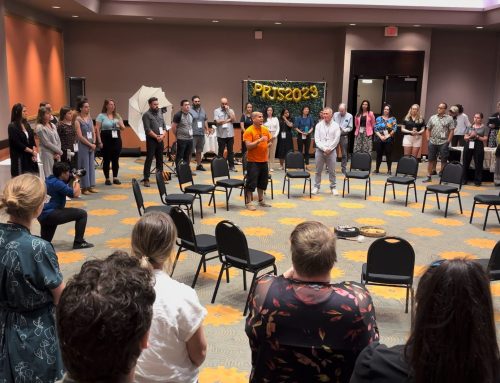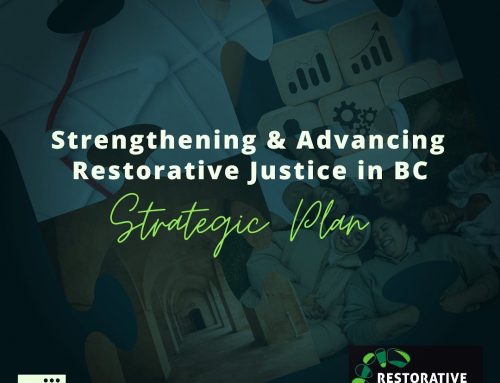A paper by Lynn S. Branham that was published in the Denver Law Review Forum titled “The Overlooked Victim Right: According to Victim-Survivors a Right of Access to Restorative Justice” outlines the same findings that the Federal Ombudsman for Victims of Crime has noticed: knowledge and access to restorative justice is not as widespread as it should be.
The criminal justice system has a single, punitive approach to crimes that have been committed, and will oftentimes take the victim-survivor out of the process altogether, unless a victim’s statement is allowed. Branham makes a compelling case that all victims cannot be treated as a singular group and that the criminal justice system does not allow for the need for interaction and information with the person that harmed them. The empowerment provided by taking control of their own narrative brings greater satisfaction with the outcome of their process, and can help with “emotional restoration” for the victim-survivors.
One of the more compelling statistics provided was around violent crime, something that critics of restorative justice say should be handled through the court system due to the seriousness of the offense. The self-reported victim-survivor anxiety levels were 21% of those still identifying as anxious after going through a restorative process versus 45% for those in the control group. For fear of re-victimization, 18% of those that went through a restorative process feared being re-vicitimed as opposed to 41% who went through a court process. Clearly, giving victims a choice and a voice in the outcome of their processes provides a much better outcome for them. So why is it not utilized more, especially in Canada where restorative justice is a right for victim-survivors?







